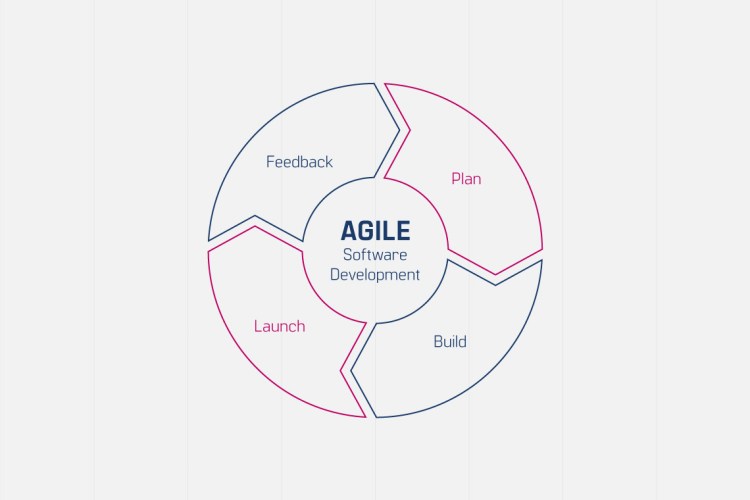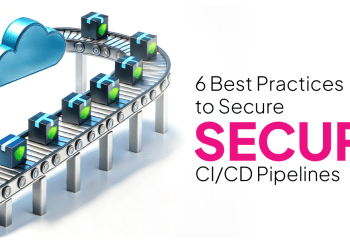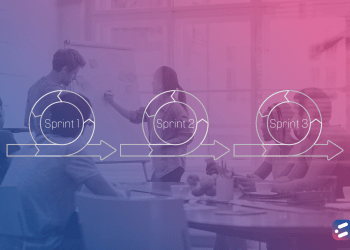Agile is an encapsulation of efficient methodologies that lay out a responsive working style to build software applications. It is based on a tight feedback loop which allows developers to micromanage the different functionalities of the software. It involves the collaboration of cross-functional teams including developers and stakeholders to understand the different requirements in terms of context and expected overall output from the application being built.
Key Agile software development concepts
User Stories
Once inputs are received from the product owner or the client, the entire project is divided into smaller deliverables or ‘user stories’. These user stories are considered the building blocks of the application or software. The software development life cycle of the project is determined by delegation of individual user stories.
Meetings
Meetings are held either as conference calls or physical meetings between all the members of the development team and the business management team. During these meetings, all the Points of Contact for the different modules of the application will update each other and the product owner about the status of their work.
Incremental Development
This means that the software is initially created with all the features included and is called the first version. During incremental development, all the subsequent versions of the software will have improvements made to its modules based on what was agreed upon during the meetings or calls. User visibility functions are added to individual features.
Iterative Development
Planned reworks of the software are structured around a series of iterations based on client feedback. Most of the methods under an Agile software development practice utilize a very strict feedback loop to continuously improve the software product. Iterative development is one of the core concepts which defines Agile development.
Milestone Checks
Once a significant portion of the project is completed, the core team of the project meets to get a retrospective view of all significant developments and to prepare detailed analysis reports. This allows the client as well as the development team to better themselves for future projects.
User Personas
In the starting stages of the software development cycle, the business development team along with the clients, map out the target audience of the software that is being built. Working with that in mind gives key insights about who will use the application and ultimately dictates the final version of the project.
How is Agile Infrastructure different from Traditional Infrastructure?
While traditional methods overemphasize on tools, processes and procedures, Agile shifts the focus on to individuals, interaction and establishing an effective communication line between the business team and development team.
Due to its iterative method of working, Agile requires the different teams to focus more on the working software rather than documentation. The working software is considered as the only measure of progress.
From the business point of view, orders are processed more based on the time and resources spent on developing the software and not contract negotiation.
Since Agile infrastructure works based on incremental development, the developers are required to respond to quick changes instead of sticking to a pre-made plan.
The crux of it is that Agile is constantly evolving to become more customer-centric. It also allows developers to break out of traditional expectations and deliver better services.
CloudNow Technologies is an innovative software development company with a client-first attitude. We also provide DevOps Services. We can help you turn your ideas into tangible software products using Agile practices. This ensures that our development team is quick to respond to changes and work based on your feedback.













